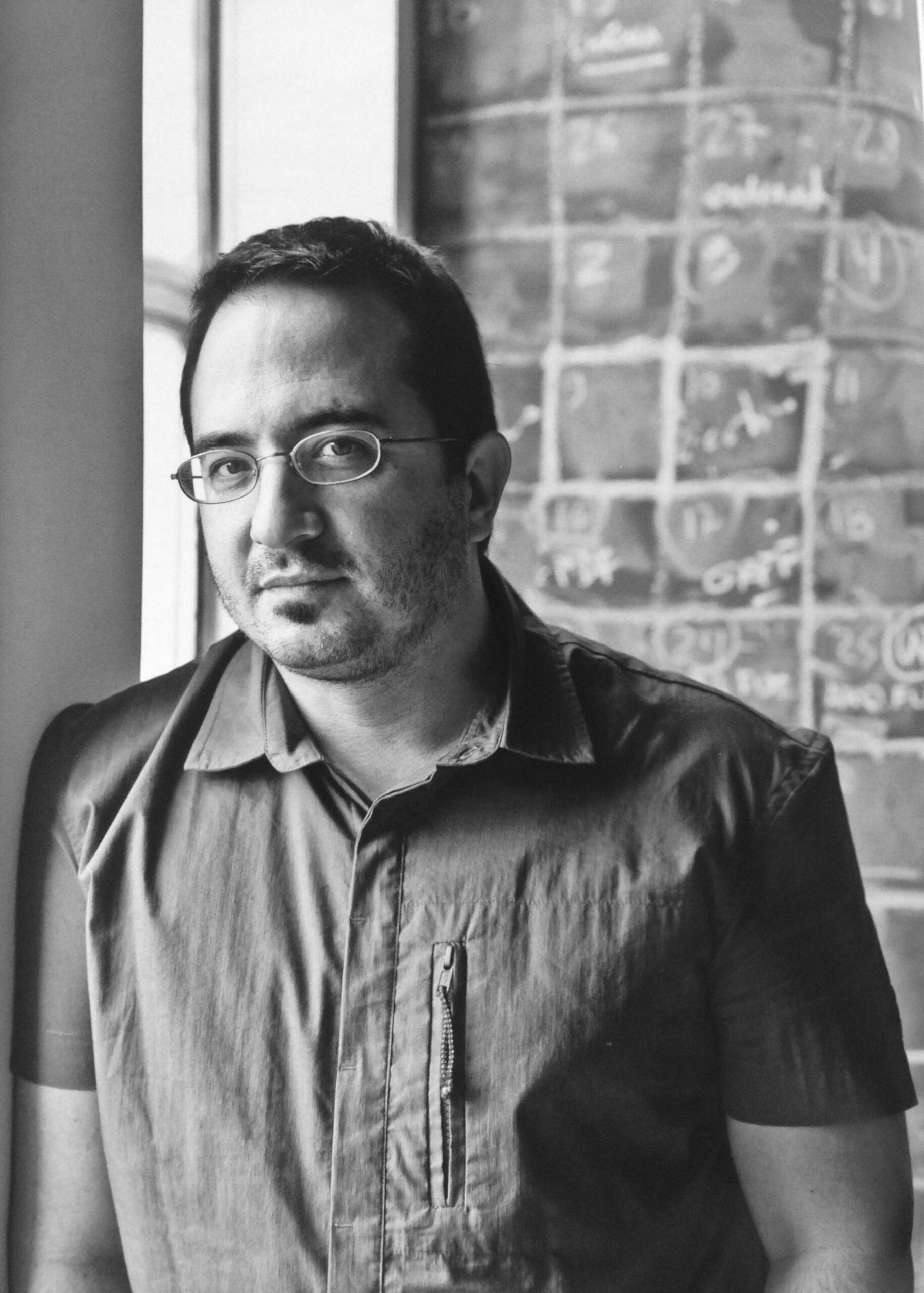“However, as with any architectural creation even more so when created by several authors many aspects of the production of OODA have an uncertain origin. It is likely that the reason for certain design decisions is not even clear to the creators themselves. Is the collective’s architecture Portuguese or international? Does it represent values of Escola do Porto or do they have more relationship with contemporary production in England and Holland? More like Koolhaas or Souto de Moura? Only the time and the development of the works will help to answer.
For now, it remains to remember a folk song from Bahia, which also has an uncertain origin: present both in samba circles as in children’s games and in capoeira games, it is composed of a single verse – “foot in, foot out / whoever have small feet / go away”. The game consists of forming a circle where each member has a small circle drawn on the floor next to them. Each one needs to keep one of the two feet while singing and dancing, alternating it. To remove one of the participants from the circle, the catcher, who is in the centre, has to step on the foot of the one with the foot out when the song comes to an end.
The melody captivated the Brazilian imagination by being incorporated into popular songs from the 1970s composed by Caetano Veloso and Tom Zé. But, after all, where did it come from? Is your root Portuguese or African? Is it a fruit of the Bahian recôncavo, land of Caetano Veloso, or did it come a little further inland, in Irará, where Tom Zé was born? Without worrying about the origin, children, samba dancers and capoeira practitioners continue singing and playing, concerned only with the song. The members of OODA must have the same unconcern, and follow the rhythm they have learned, it is in their DNA keeping one foot in and one foot out.”


